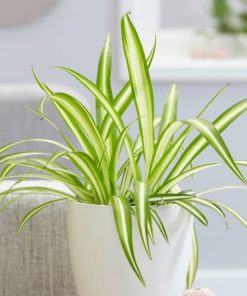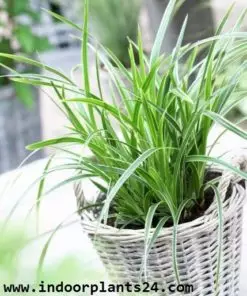Mango Dudh Pedo | Aam Dudh Pedo ( Grafted ) | تھائی والا آم
₨11,700.00 Original price was: ₨11,700.00.₨9,000.00Current price is: ₨9,000.00.
The juicy, ripe mango fruit has a rich, tropical aroma and flavor that summons thoughts of sunny climates and sultry breezes.
Description for Mango Dudh Pedo, Aam Dudh Pedo ( Grafted )
The tropical fruit is called the “”King of Fruits”” in India. The tree has been around for more than 4000 years in India and was taken to South America by the Portugese, other parts of South Asia by Indians and to other tropical regions by others. There are about 35 species of Mango and most of them grow to a height of 10 to 40m.In addition to providing a delicious fruit, the unripe mango is used in curries, chutneys and salads, and the seed kernels, seed fat, bark, gum and the wood are useful. There are several species of mango trees, and variations in the fruit. In order to grow a tree, choose the species you would like to grow. A mango tree needs an ideal climate to grow. It is a tropical fruit, and needs a lot of sun to grow and bear fruit.
| Common name | Flower colours | Bloom time | Height | Difficulty |
|---|---|---|---|---|
| Heinou, Mamidi, Mangga, Mavina mara, Amba , Ambo, Mangifera indica | Yellowish, Redish | Feb to March | 10 to 80 ft. | Easy. |
Planting and care
Choose the sunniest spot in your garden and dig a 12-inch deep hole. If the plant is slightly bigger, then dig a slightly deeper hole. Also, prepare the soil with fertilizers and plant feed before planting the tree. Plant the tree deep and then pack the soil. However, make sure that the soil is loosely packed to enhance water absorption.
| Sunlight | Soil | Water | Temperature | Fertilizer |
|---|---|---|---|---|
| Full sun. | Soil with a pH range of 6.5 to 8.0/Loamy soil, | In the initial days, you have to water the plant thoroughly and after a few days water it regularly. | Warm. | Do not use chemical fertilizers on newly planted mango trees for the first two years. After this time you may give regular applications of nitrogen fertilizer to promote healthy growth flushes and flower production. |
Caring for Mango Dudh Pedo
- Spray the mango tree on a cloudy day in early January to avoid sun scorch; alternatively, spray before 9 a.m. or after 4 p.m. when the sun is less hot.
- Avoid days when rain is likely; the tree should be dry at the time of spraying and stay dry for the remainder of the day. Use the spray only on healthy mango trees at least 10 years old with maturing leaves.
- Pour 7 gallons of water into a large pump sprayer.
- Add 1 pound of potassium nitrate and blend thoroughly.
- Start at the top of the tree and work your way down, spraying both sides of each leaf as well as branches and trunk. Spray thoroughly, but do not over-wet the foliage so that drips fall to the ground.
- Spray a second time two days after the first spray to hasten budding. Use the same potassium nitrate solution and the same procedures.
- Check the tree in about 12 days after spraying for buds, although budding can take up to three weeks.
- The flowers open fully a week after budding and you can expect to harvest your fruit in about 5 months.
- Repeat the process in May or June after the flowering and fruiting cycle is over.
- Some mango trees treated with potassium nitrate off-season will flower six weeks later, yielding a second crop in the same calendar year.
Typical uses of Mango Dudh Pedo
Special features:
Culinary use: Mango fruit is utilised at all stages of its development both in its immature and mature state. Raw fruits are used for making chutney, pickles and juices. The ripe fruits besides being used for desert are also utilised for preparing several products like squashes, syrups, nectars, jams and jellies. The mango kernel also contains 8-10 percent good quality fat which can be used for soap and also as a substitute for cola in confectionery.
References
- http://srinidhifarm.com/tips_mango.php
http://www.tropicamango.com/mangos.html#7
Be the first to review “Mango Dudh Pedo | Aam Dudh Pedo ( Grafted ) | تھائی والا آم” Cancel reply
You must be logged in to post a comment.
Only logged in customers who have purchased this product may write a review.
See some of our delivered orders by Clicking here
Applicable on Plants Only: As plants are diverse in appearance, the image is for reference. The plant delivered may vary in size. Price is according to the plant size delivered.
"For Plants Only " All our plants come in living room ready condition in a high quality plastic pot. See The PotRelated products
Free Shipping | Extra 25% Off at Check-out on Online Transfer
Outdoor Plants
Outdoor Plants
Outdoor Plants
Outdoor Plants















Reviews
There are no reviews yet.